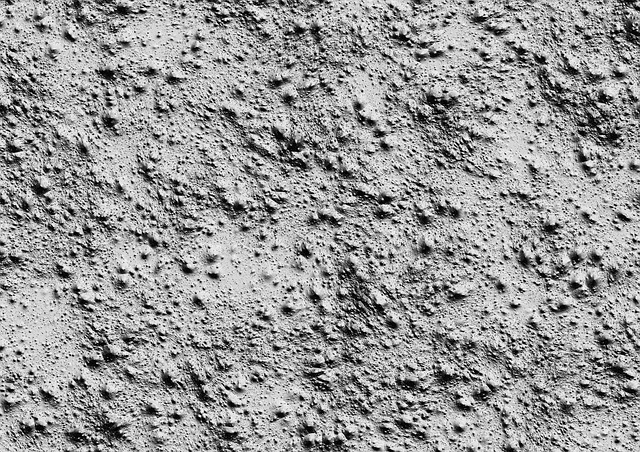Cement is a basic and essential material in every construction project. It provides strength, durability, and stability to the structure. However, keeping cement quality intact during mass manufacturing is not easy. When you buy cement, there is a good chance that its quality may vary. Using low-quality cement can lead to cracks or even collapse of the building.
That’s why it is very important to check the cement quality before using it on-site. In this guide, you’ll learn 8 simple cement quality tests that you can easily perform without any lab.
1. Cement Adulteration Test
Rub a pinch of cement between your fingers. If it feels smooth, the cement is pure. If it feels rough, it may be mixed with sand or other materials. Rough texture means the cement is adulterated and should not be used.
This test helps you detect if the cement has been mixed with anything other than what it should contain.
✅ Tip: Always store cement bags in a dry area to avoid spoilage.
2. Color Test
Good quality cement has a uniform grey color with a slight greenish shade. If you see uneven color or yellowish tones, the cement might contain too much clay or lime.
Color differences can indicate improper manufacturing or poor storage conditions.
What to check: Look for consistent, greyish-green color.
3. Check Date of Packaging
Cement loses strength over time. Always check the manufacturing date printed on the bag. Cement should be used within 90 days (3 months) from its date of packaging.
Old cement becomes weak and may not bond properly in the structure.
Pro Tip: First in, first out – always use older stock first.
4. Float Test
This simple test shows if cement is fine and pure.
- Take a little cement in your hand.
- Sprinkle it gently into a bucket of water.
If it sinks immediately, the cement is of good quality. If it floats for a while, it may contain impurities or is not finely ground.
Why it matters: Fine particles ensure better strength and bonding.
5. Lumps Test
Press the cement bag with your hand or take a handful to check.
If you feel hard lumps, it means the cement has absorbed moisture. This starts a chemical reaction called hydration, which makes the cement unusable.
Action: Reject cement bags that contain any lumps.
6. Setting Test
This test checks how cement sets under water.
- Make a paste of cement and water.
- Place it on a clean glass sheet.
- Keep it submerged in water for 24 hours.
If the cement is good, it should set properly without any cracks.
Good cement: Should set and harden even under water.
7. Strength Test
This test helps you check the compressive strength of cement.
- Make a small cement block: 25 mm × 25 mm × 200 mm.
- Keep it in water for 7 days.
- Place it on supports 150 mm apart.
- Apply a load of 340 N on the center.
If the block does not break or crack, the cement is strong.
Result: No breakage means high strength.
8. Temperature Test
Put your hand inside the cement bag.
If it feels cool, the cement is fresh. If it feels warm, it has likely absorbed moisture and is undergoing hydration.
Conclusion: Only use cement that feels cool to the touch.
Final Thoughts
Before using cement in any construction project, always perform these basic on-site tests:
- Adulteration check
- Color check
- Manufacturing date check
- Float test
- Lumps test
- Setting test
- Strength test
- Temperature test


